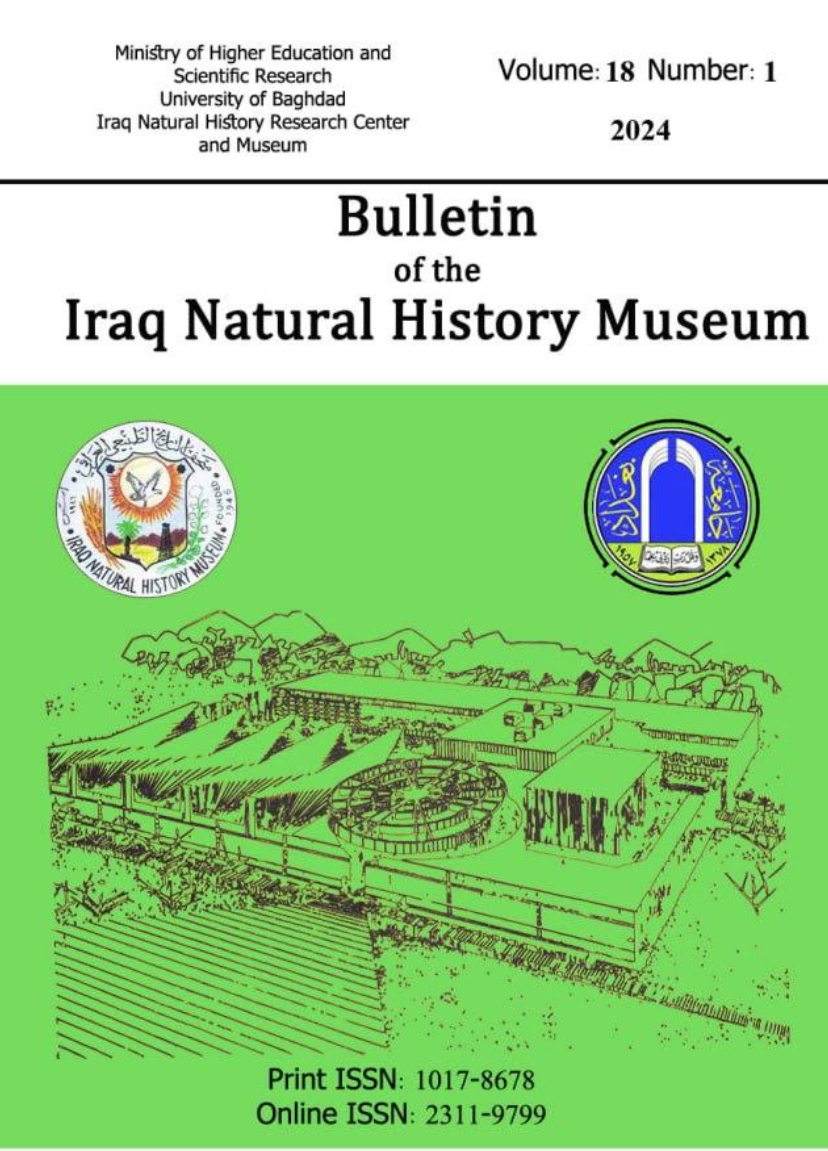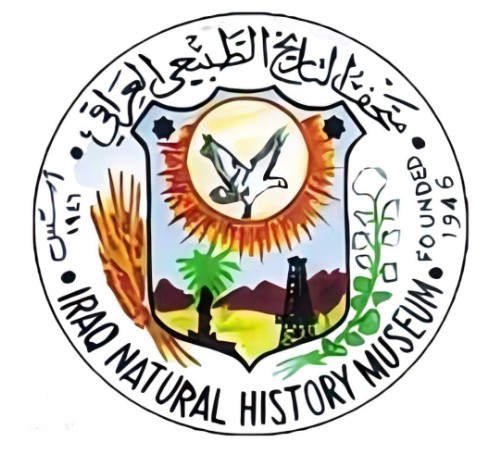A COMPARATIVE ANATOMY AND MORPHOLOGY STUDY OF SEEDS BY SEM FOR SOME SPECIES OF LATHYRUS L., 1753 (FABALES, FABACEAE) IN IRAQ
DOI:
https://doi.org/10.26842/binhm.7.2024.18.1.0151Keywords:
Anatomy, Fabaceae, Lathyrus, Mesocarp, Seed, SEMAbstract
Anatomy and morphology study of seeds for seven Lathyrus L., 1753 species in Iraq; the species were: L. annuus L.,1753, L. aphaca L., 1753, L. chloranthus Boiss., 1859, L. cicera L., 1753, L. sativus L., 1753, L. inconspicuus L., 1753 and L. sphaericus Retz.,1753. There are 17 species of the Fabaceae family that are distributed throughout the middle and northern regions of Iraq. Using a scanning electron microscope, the study's characteristics were examined to ascertain the taxonomic relationships, interactions, and issues that impeded the species' ability to be separated according to taxa.
The seeds were glossy in all species except L. sativus L. and L. sphaericus L. which were matt, the surface cells wall undulation, the wax covered the peak of the conical papillae, the anatomical characteristics determined by cross section in seeds and pointed some trails such us ,Epidermis parenchyma thickness and Palisade, the species L. annus L. and L.aphaca L. were given the highest value of exocarps thickness (5.5) μm while the species L.sativus recorded the Lowest mean (3.8)μm, the seed coat in L. sativus L. is detached from some epidermis in some area with pit aperture, in according the epidermis thickness, the species classification to three groups the L. aphaca L. and L. sphericaus Retz. recorded the highest value (46-49) μm respectively, L. sphaericus Retz. recorded the highest value of palisade thickness which was 61 μm, some unique trails such us present the pit in exocarp, and the pit cavity was along parenchyma layer in L. sativus L., the similar morphology features are considered the evidence for the proximity of the taxa, so the internal structure (anatomy) of the seeds can be used to separate the taxa.











